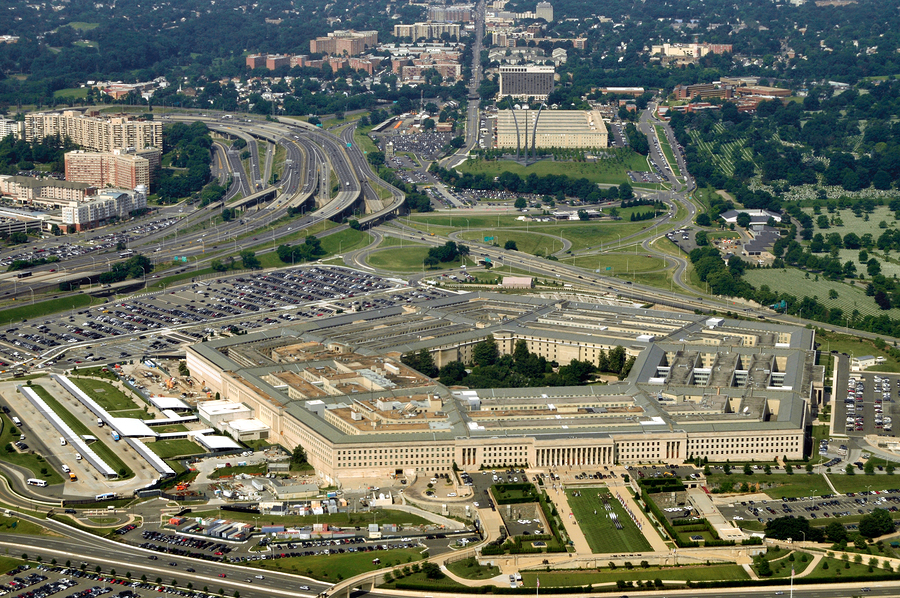 On June 14, the Department of Defense (DOD) announced the formation of the Joint Project Manager Medical Countermeasure Systems (MCS), three previous DOD projects now grouped under one umbrella.
On June 14, the Department of Defense (DOD) announced the formation of the Joint Project Manager Medical Countermeasure Systems (MCS), three previous DOD projects now grouped under one umbrella.
The MCS brings together three Department of Defense agencies within the Joint Program Executive Office for Chemical and Biological Defense program. These departments, Joint Project Managers Chemical Biological Medical Systems (CBMS), Transformational Medical Technologies (TMT) and Medical Countermeasures Advanced Development and Manufacturing (MCM ADM), have been combined with the goal of streamlining the development of advanced medical responses to certain threats and attacks.
Medical countermeasures are preparedness scenarios drafted in the event of emergencies. For instance, the Food and Drug Administration uses them during the threat of disease outbreaks in order to screen, identify and quarantine potential epidemics. In the case of MCS, the Joint Project Managers Chemical Biological Medical Systems have continuously worked with the FDA to ensure all treatments are approved. The MCS will specifically implement countermeasures for chemical, biological, radiological and nuclear attacks.
Prior to the merger, the three agencies worked on similar goals within medical responsiveness. CBMS and TMT were with the Department of Defense and MCM ADM was within Health and Human Services. This merger helps ensure that the work of these agencies continues on, even in the face of mandatory budget cuts within the DOD as a result of the government sequester. As agency mergers continue, there may be room for growth for managers within these fields to maintain continuity of operation.
In the press release, Col. Russell E. Coleman, leader of the MCS, says, “Under this new structure, we will maintain our current facilities while implementing new ways to improve medical portfolio coordination and create efficiencies not possible under the former structure.”
For many project managers, departmental mergers like this will mean doing less with more. It also means a closer eye will be kept on those government agencies with similar goals. In this case, the project managers of the individual agencies will continue to work from their respective offices.



